Edward Goucher Pink Abelia
$79.50 Original price was: $79.50.$55.65Current price is: $55.65.
- Free Shipping over $25
- Fast & reliable delivery options
- Enjoy top quality items for less
- Multiple safe payment methods

The Edward Goucher Pink Abelia shrub has an arching, vase-like habit and grows at a moderate rate of speed. It produces glossy green and ovate 2-inch long leaves. During fall, it puts on a colorful show as the foliage changes to an eye-catching purplish-bronze and persists for several months for those living in its warmest hardiness range.
Other than its hardiness, beauty and ease of growth, another attribute is that it has no serious problems with any pests or disease, provided it’s grown and planted in preferred conditions. This makes it a good choice for those who feel they have black thumbs and kill everything they try to grow.
Growing Edward Goucher Pink Abelia
Edward Goucher Pink Abelia is considered deciduous-to-evergreen, depending on how cold the environment is where it is growing. Those living in its coolest hardiness range can expect it to perform as a deciduous to semi-deciduous shrub during winter. However, those living in its warmest range can expect it to perform as an evergreen. Gardeners living in areas where winter temperatures regularly hit the zero mark can expect their Edward Goucher Pink Abelia to suffer damage to the stems and they will possibly die down to the ground. However, once the warm temperatures of spring arrive the shrub springs back to life. Therefore, it is wise to plant it in a sheltered location and protect the root system with a thick layer of mulch.
Care and Maintenance
The shrub blooms on new wood, so it needs a good shearing in early spring after the weather starts to warm. However, if your plant looks like some of the branches died during a cold winter, wait until the weather warms before you start pruning them off. Many times what looks dead isn’t and will sprout new leaves once spring arrives. You do not want to transfer any diseases or pests to your Edward Goucher Pink Abelia, so always use sanitized pruning tools. This is as easy as wiping the blades off with rubbing alcohol before you start cutting.
Uses on Your Property
Uses for Edward Goucher Pink Abelia in your landscape are almost endless. Those wanting to attract wildlife and pollinators to your garden cannot go wrong adding this colorful shrub, as hummingbird and butterflies love it. Its graceful arching branches make it a good choice used as an informal hedge. However, those desiring a more formal appearance should note the shrub would lose a bit of its graceful appeal when severely and continually pruned.
Edward Goucher Pink Abelia works quite well planted around the home’s foundation. Its colorful and fragrant flowers and fall foliage make it an eye-catching specimen and is sure to get the attention it deserves. The Abelia also is suitable for being used in mass plantings or as a background plant mixed with others with contrasting features. In cooler areas where it does not grow as tall, it grows well as a groundcover. It also performs well planted in containers or aboveground planters. Place it on a porch or entranceway so everyone visiting the area or walking by appreciates its fragrant and showy flowers. It even works well for erosion control. The plant is definitely a workhorse in the garden with all the needs it fulfills.
Planting Location
When selecting a location appropriate for your Edward Goucher Pink Abelia, consider its mature height and width, especially if planting multiple shrubs. You want to allow appropriate space between plants so they receive proper air circulation. It tolerates a site located in full sun to partial shade, grows best in an organically rich, well-drained soil, and has a moderate tolerance to drought. Therefore, give it regular, deep applications of water, especially during the first season and few months after planting and until the roots establish themselves into the new planting site. If planting in a container, make sure it has bottom drainage. The shrub has a low tolerance to salty conditions, so it is not a good choice for those living directly along coastal areas.
History and Origins of the Edward Goucher Pink Abelia
Edward Goucher Pink Abelia is a hybrid developed between a cross of Abelia x grandiflora and Abelia x shumannii. The shrub is named after Edward Goucher, from the United States Department of Agriculture who first introduced the shrub in 1911. You are getting the best of the best when you purchase our Edward Goucher Pink Abelias, as they’ve lived their entire life in a nursery environment and inside containers, getting the absolute best of care. They are sure to grace your landscape with their colorful and fragrant beauty for years to come and give you healthy growth.
Be the first to review “Edward Goucher Pink Abelia” Cancel reply
Related products
Lilacs
Pieris
Shrubs and Hedges
Knock Out® Roses
Hydrangeas
Butterfly Bush
Hydrangeas
Hibiscus

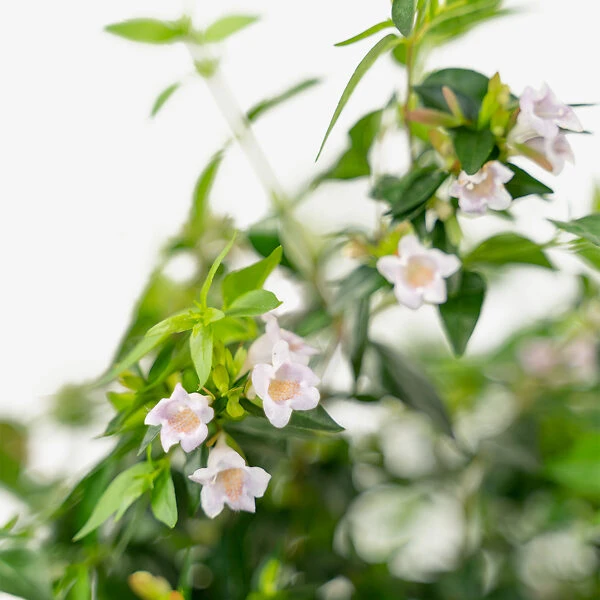
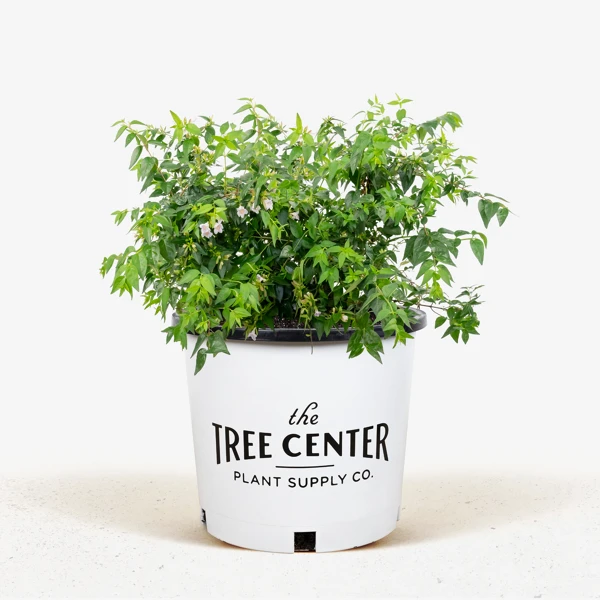

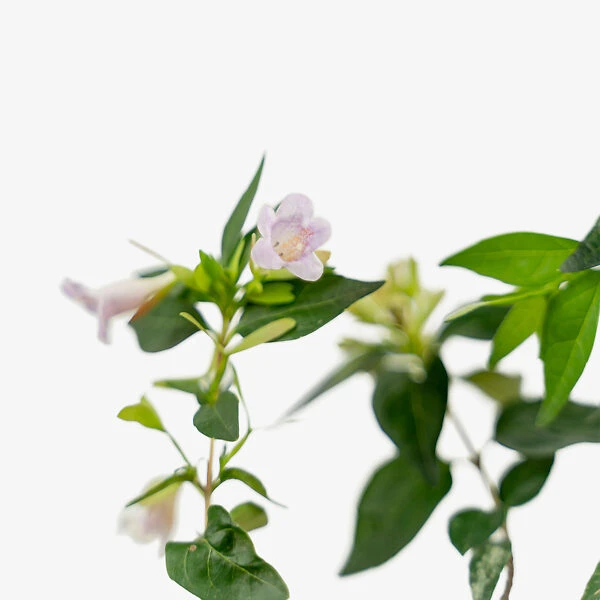
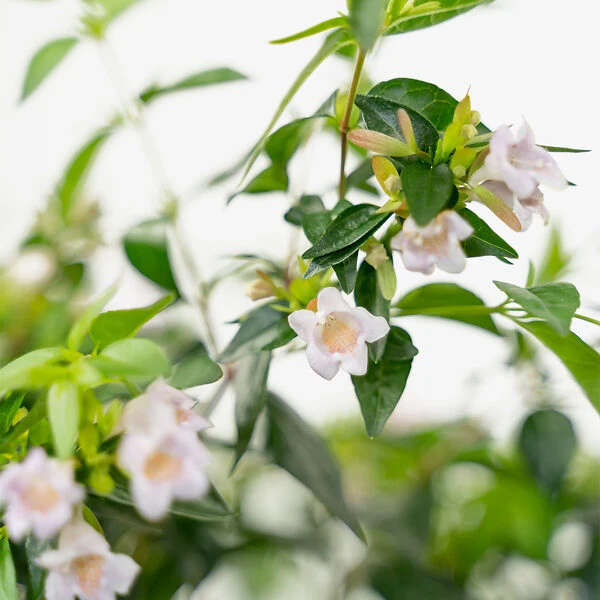
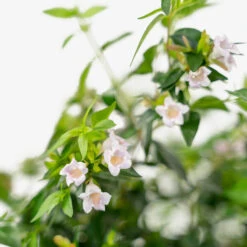



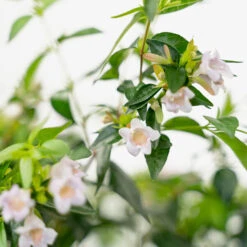

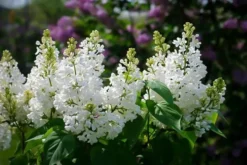

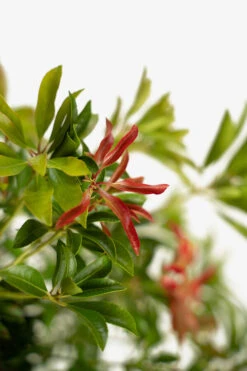
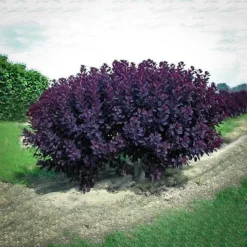
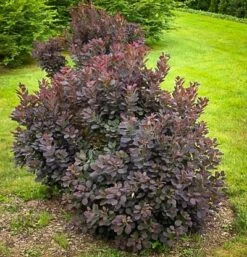

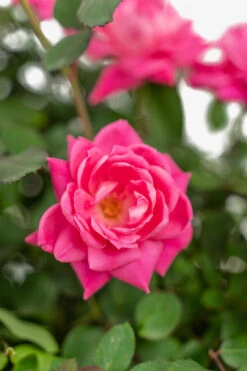
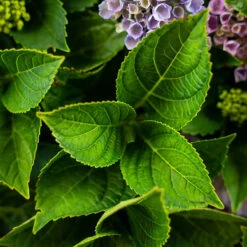
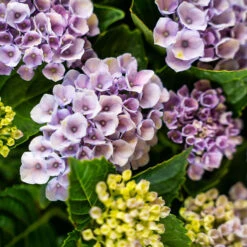

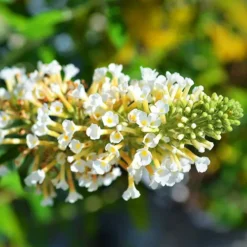


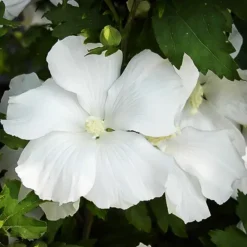
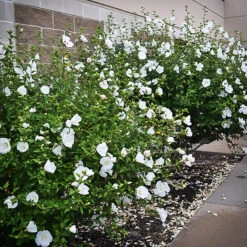
Reviews
There are no reviews yet.